In September of 2020 I’ll return to Peru for my seventh time, once again taking people on a photography adventure to this fascinating South American country. I still have a few spots open for this trip of a lifetime, and here are five reasons you should hurry to grab one (or two!) of them:
One, Machu Picchu – With its well-deserved reputation as one of the Seven Wonders of the World, you’ll never forget your first view of this Incan jewel perched high in the cloud forests of the Amazon. The story of its incredibly well-planned and executed construction, abandonment and then revival is fascinating, and being there to experience it first-hand a real treat. And, as a photo trip, we visit it twice. First in the afternoon for late-day light, then again early the following morning to see it magically appear out of the clouds.
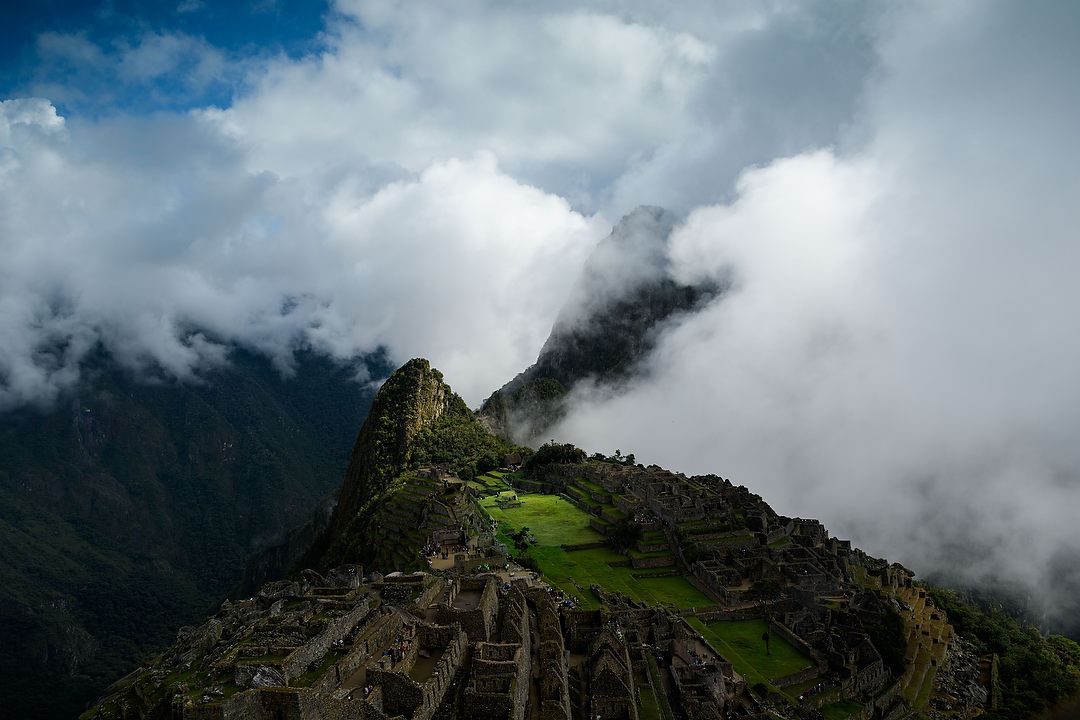
On our morning visit to Machu Picchu, we get up REALLY early to catch one of the first buses up top, then wait for the clouds and sun to do their magic. Nikon D7500, Sunny white balance, ISO 100, 1/800 at f/6.3, 0.0 EV, Nikkor VR Zoom 16-80mm f/2.8-4 lens at 24mm.
Two, the people – After my first visit to Peru, I started saying, “Folks come for Machu Picchu, but leave loving the people photography they’ve done.” And it’s true. Local villagers drying corn, harvesting quinoa, making mud bricks, roasting guinea pig, making salt, drinking chicha (corn beer), weaving, buying and selling at the local market, making hats – the opportunities seem endless. Our small bus makes it easy to stop whenever we like, and we do that often.
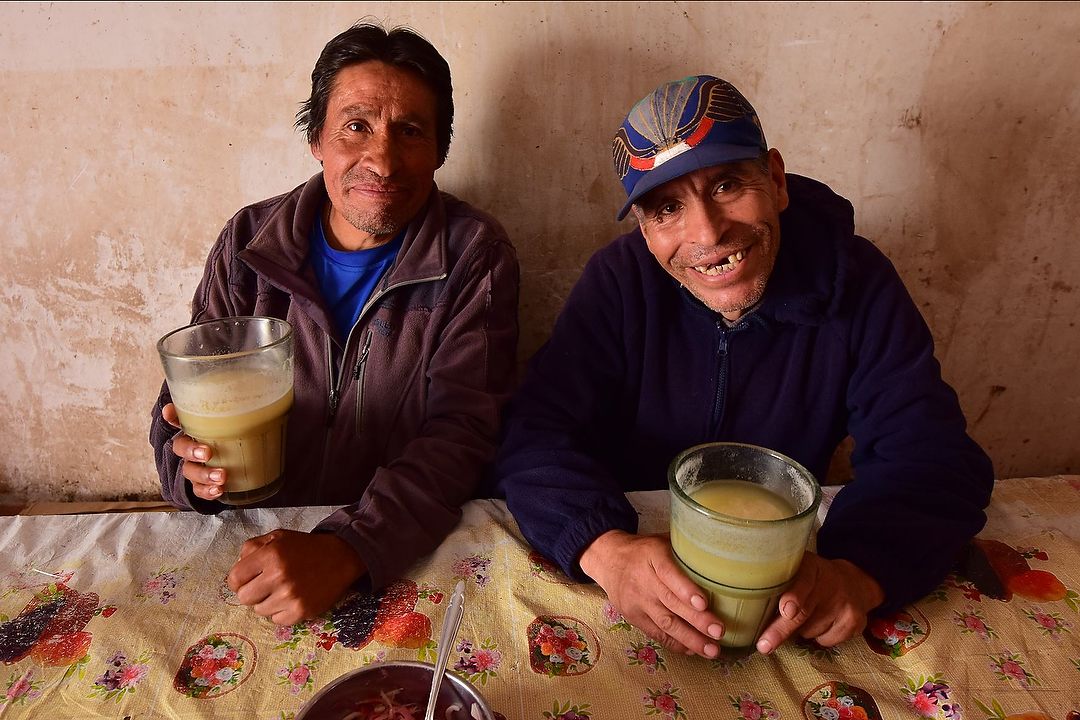
Chicha is corn beer, and very popular in the countryside. We visit a place where it’s safe to try it, and quickly realize it’s an acquired taste. Nikon D5300, Aperture priority, Sunny white balance, ISO 640,1/20 at f/4, EV -1.3, Nikkor 16-35mm lens at 16mm.
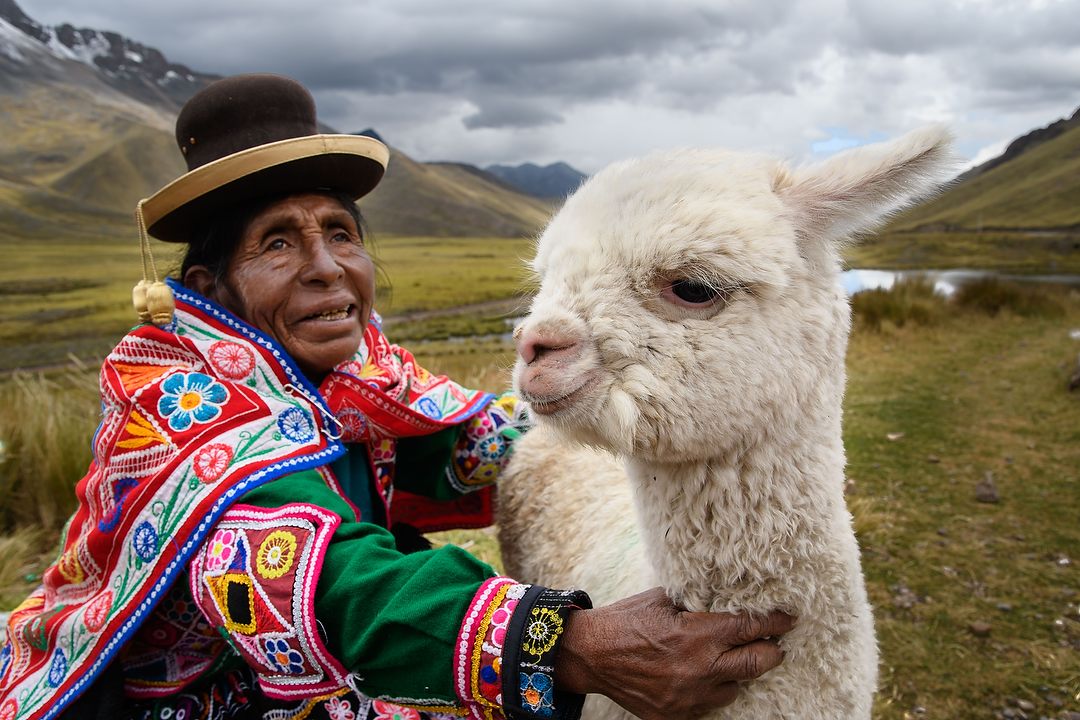
We used to take the train from from Cusco to Puno but then realized we were missing out on some great people photography. So now we take a private bus and make many stops along the way, like this one to meet an old lady and her alpaca. Nikon D7500, Aperture Priority, Sunny white balance, ISO 160, 1/250 at f/6.3 in Matrix metering, -0.3 EV, Nikkor 16-80mm f/2.8-4.0 lens at 27mm.
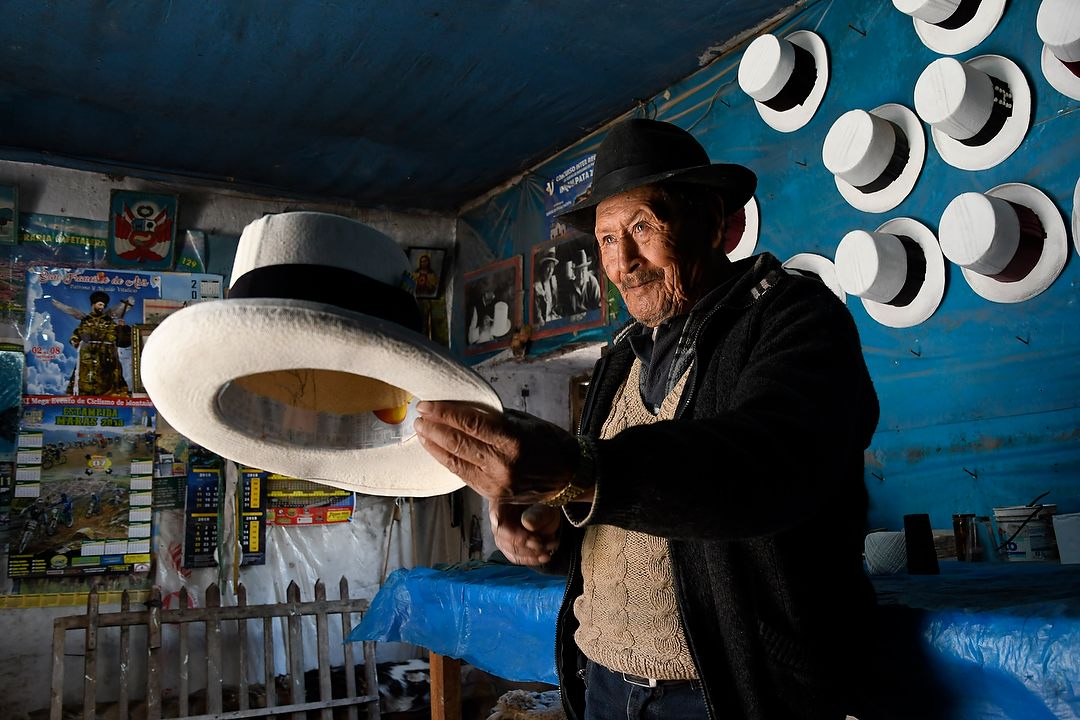
This 90-yr-old man has been making hats since he was a teenager, and thanks to our guide Effie, we had a great visit to his shop. Nikon D7500, Auto white balance, ISO 1250, 1/160 at f/4.5 in Matrix metering, -1.0 EV, Nikkor VR Zoom 16-80mm f/2.8-4 lens at 30mm.
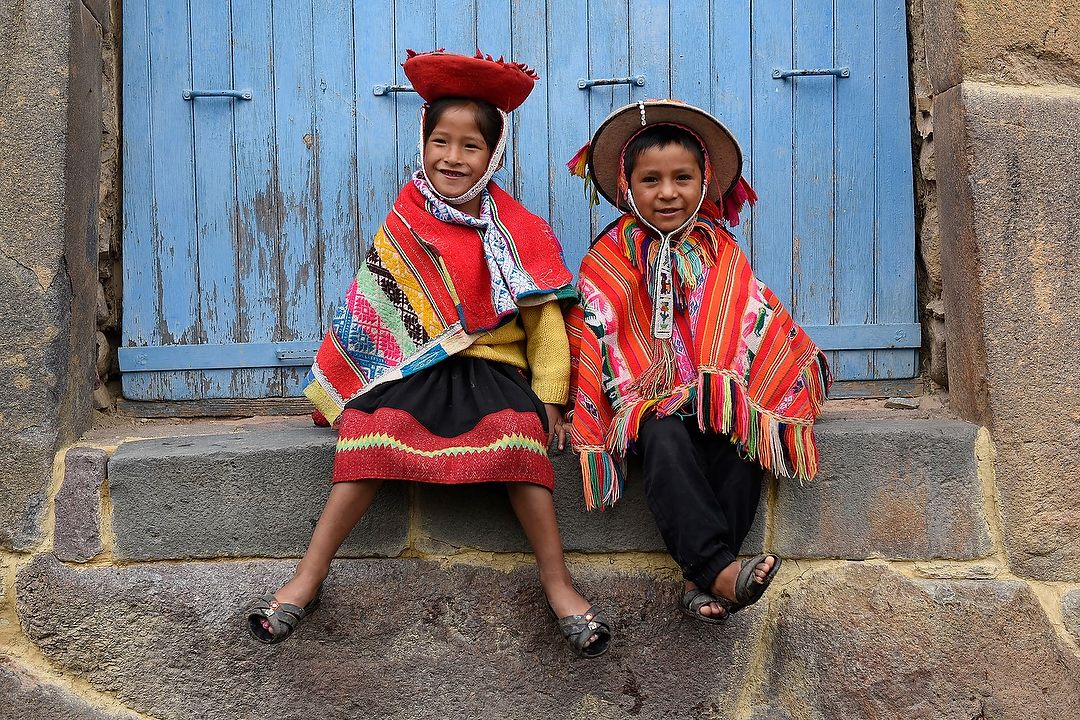
Ollantaytambo is the only town that still remains intact from its Inca days, and is always a good place to photograph people, like this brother and sister we came across. NIKON D750, Aperture Priority, Sunny white balance, ISO 125, 1/400 at f/4, EV 0.0, Nikkor 24-70mm lens at 56mm.
Three, the history – The Incan civilization was only around for about a hundred years, but my, what they accomplished in that time. Remains of their roads, cities, temples, astronomy, agriculture and art remain today, and are still impressive. Add to that the changes the Spanish conquest brought, and you’ve only begun to scratch the surface of all there is to see.
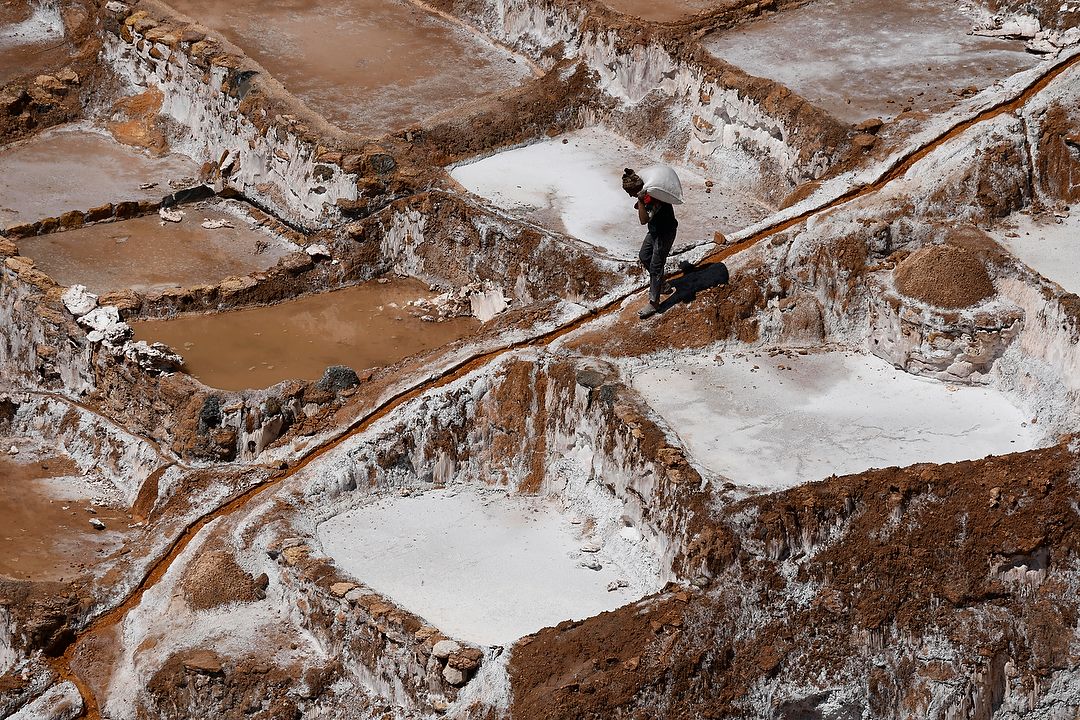
The salt pans at Maras date back to the first millennia, and are still worked the same way they were over a thousand years ago. Nikon D7500, Sunny white balance, ISO 100, 1/1600 at f/6.3 in Matrix metering, -0.3 EV, Nikkor VR Zoom 70-300mm f/4.5-5.6 lens at 300mm.
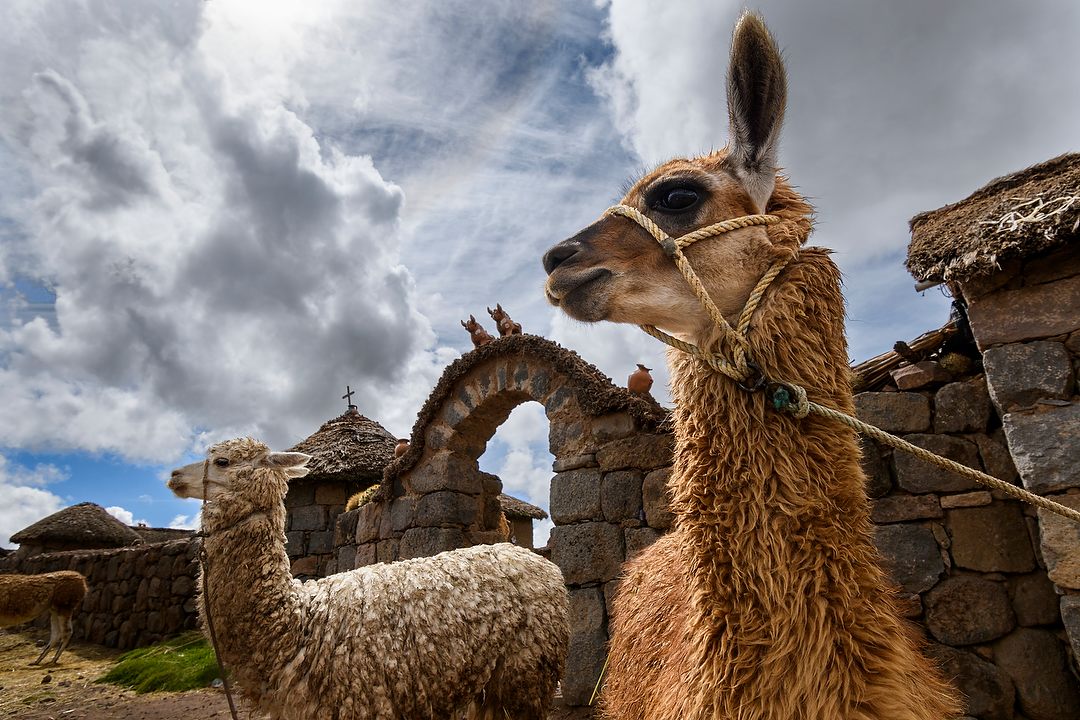
The trip wouldn’t be complete without a visit to a small farm, where the family raises or makes almost everything they need, in same way they did hundreds of years ago. Nikon D7500, Sunny white balance, ISO 200, 1/1600 at f/8 in Matrix metering, -0.3 EV, Nikkor 10-20mm f/4.5-5.6 lens at 19mm.
Four, the Uros Islanders – We’ll visit Lake Titicaca, the highest navigable lake in the world, at 12,507-ft. While there we’ll visit the Uros people, who centuries ago fled the mainland to escape fighting. Tying together large beds of reeds, they created small floating islands and developed a new life for themselves on the water. From there we’ll continue on to Taquile Island to experience an entirely different culture and enjoy a local meal.
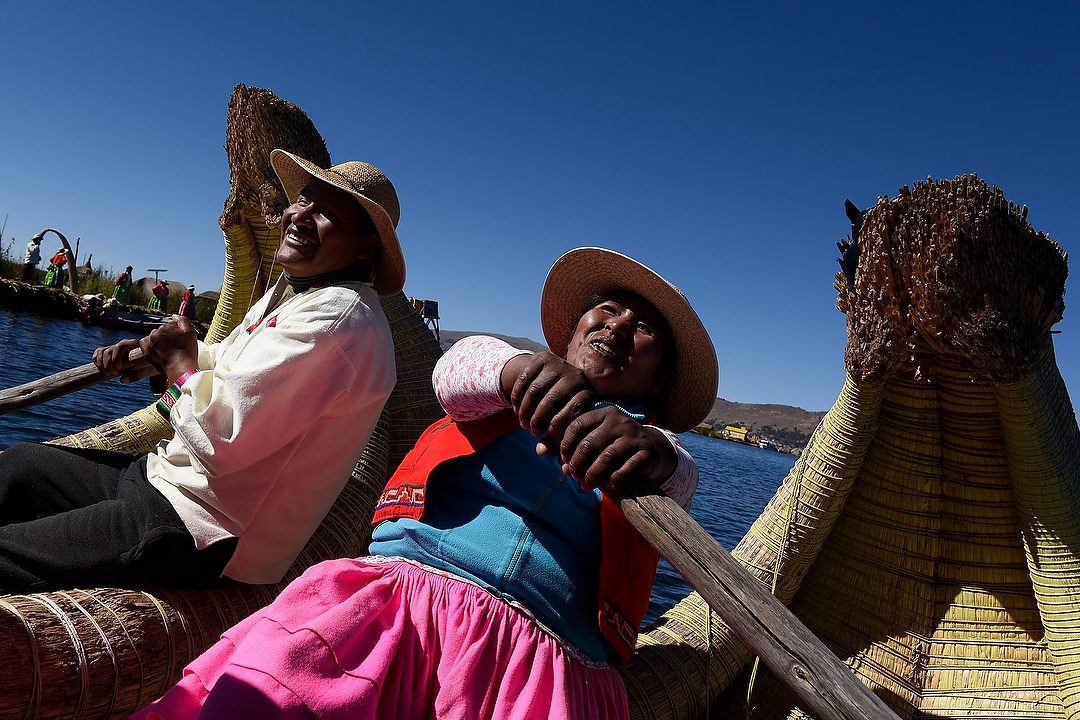
Not only do we visit the Uros people on their reed islands, they take us for a cruise in one of their reed boats. Nikon D750, Aperture Priority, Sunny white balance, ISO 200, 1/500 at f/11, EV 0.0, Nikkor 18-35mm lens at 29mm.
Five, our guide – Efrain Valles, “Effie” to us, has been voted one of the best guides in the world, and after just a few hours with him you’ll understand why. Born in the mountains and raised in the city, he’s equally comfortable speaking Quechua (the indigenous language) as well as the more common Spanish (and of course, English). When I first worked with Effie a couple of trips ago, he immediately understood what we, as photographers, wanted, and has consistently found great photo opportunities for us on every trip since.
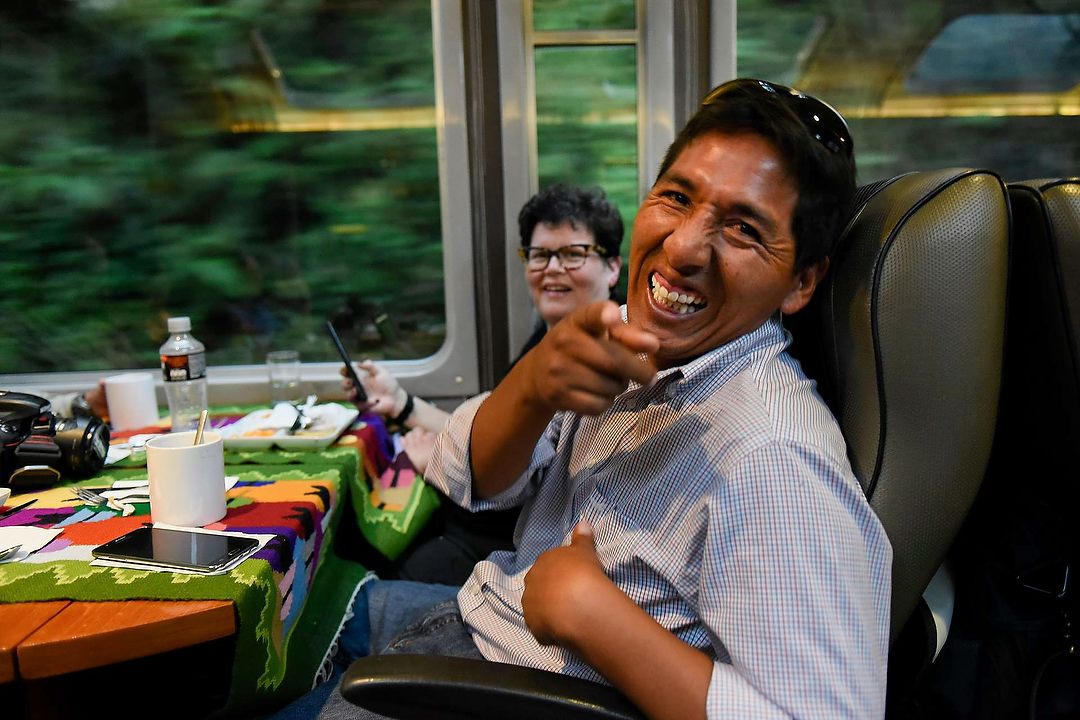
Efrain (Effie) Valles, our amazing guide, on the train ride back from Machu Picchu. Nikon D750, Aperture Priority, Auto white balance, ISO 4000, 1/40 at f/2.8, EV -0.7, 18-35mm Nikkor lens at 24mm.
To all of that, add in that it’s easy to get to, no jet lag, great food, relatively inexpensive and offers nice, locally made souvenirs. So the question you should be asking yourself isn’t “Why not go with Reed,” but “Why haven’t I been already?” 🙂
Want more information about the trip? Drop me an email, or visit Pack Paddle Ski.
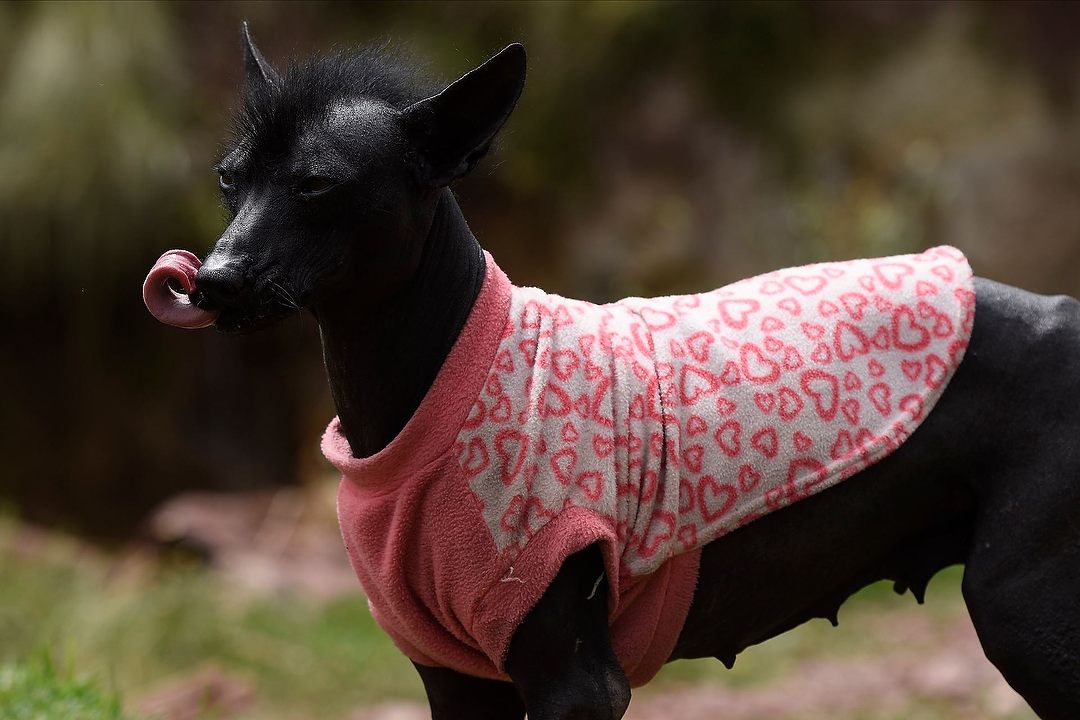
And finally, my favorite local animal is the Peruvian Hairless Dog, which is just what it sounds like, and often decked out in a sweater to keep it warm. Nikon D7200, Aperture Priority, Sunny white balance, ISO 200, 1/1250 at f/4, EV -1.0, Nikkor 24-120mm lens at 120mm.
(If you like this story, please share it with your friends and let them know about the links on photography that I post on my business Facebook page. I’m also on Instagram and Twitter, @reedhoffmann. And if you’re curious about the workshops I teach, you can find them here.)

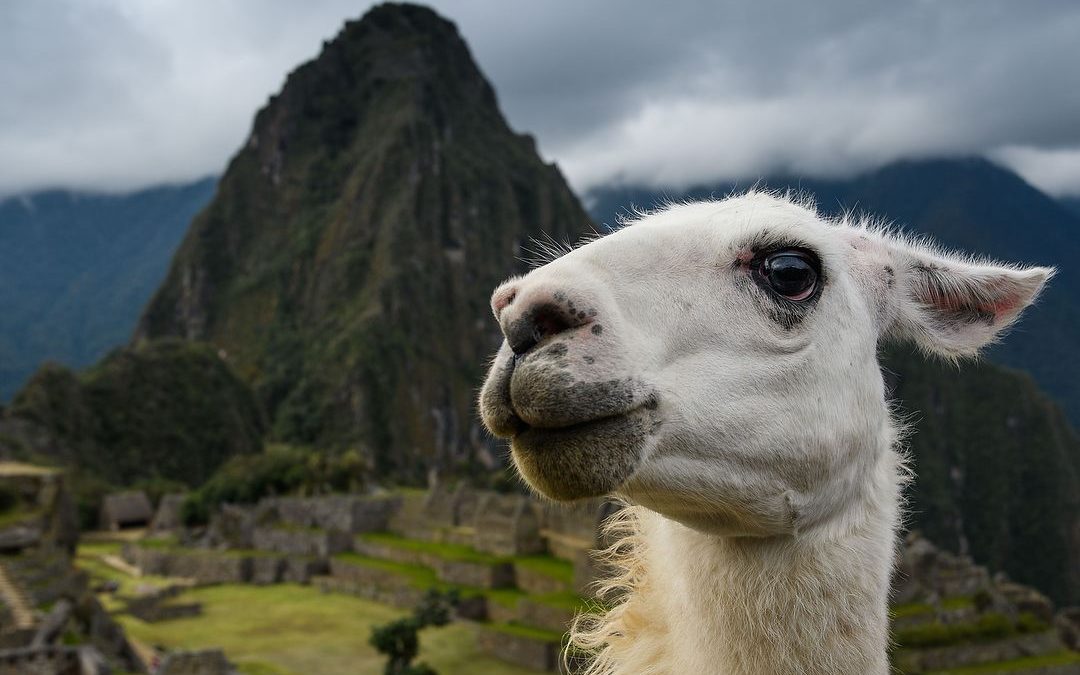
I want to do this. I’ve always want to see this area and what better way that with a hoot tour. Send me info please.
Will do, Andrea, I’m emailing you more info now. Hope to see you there!